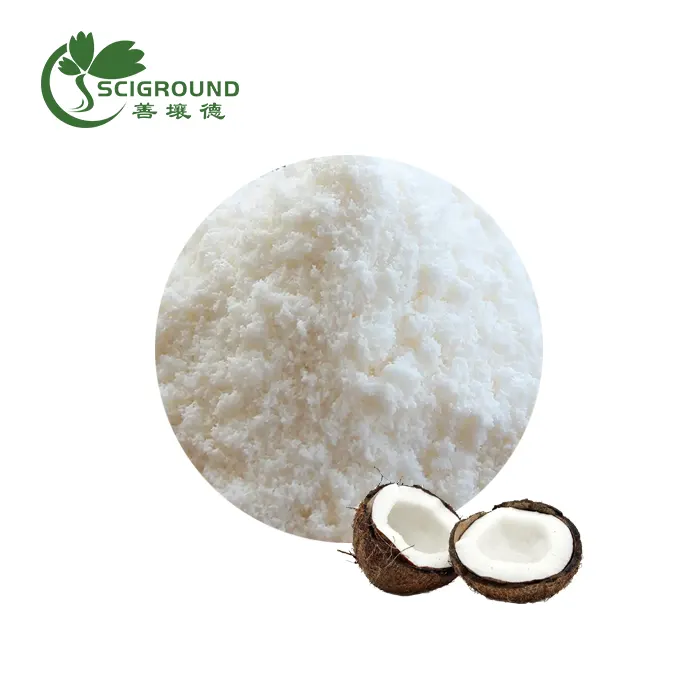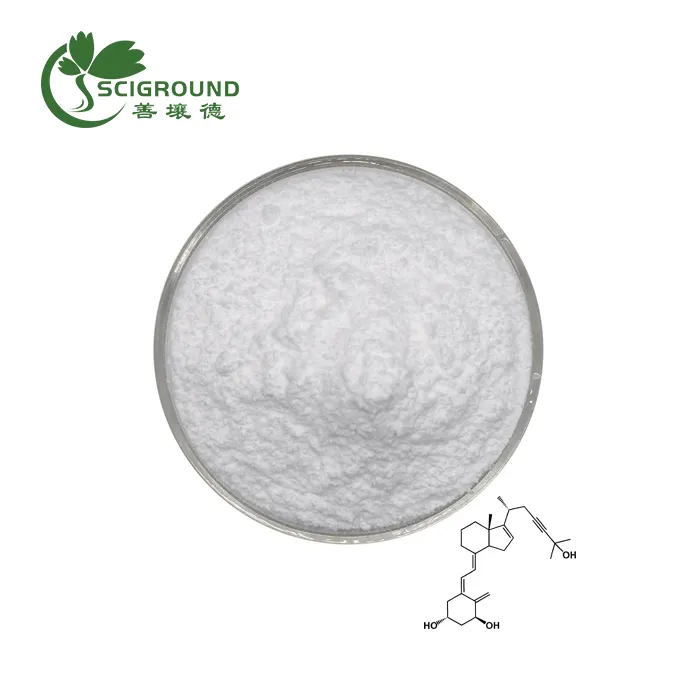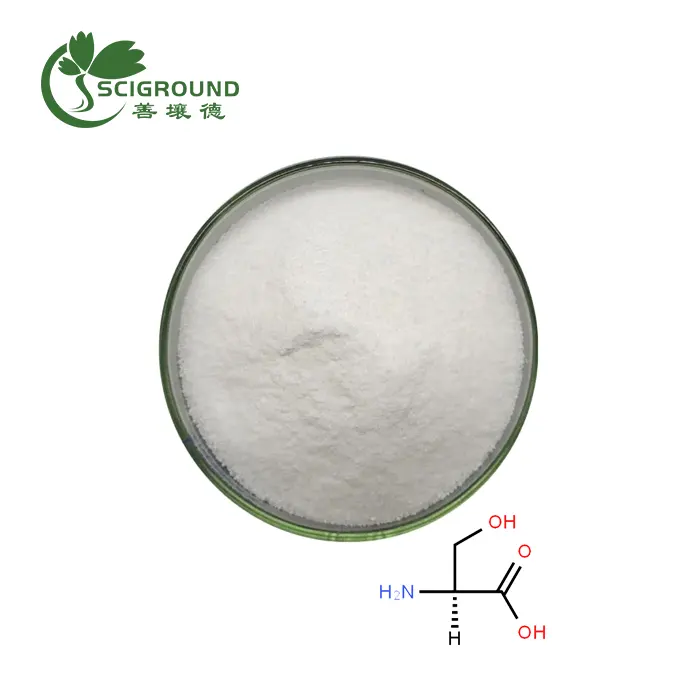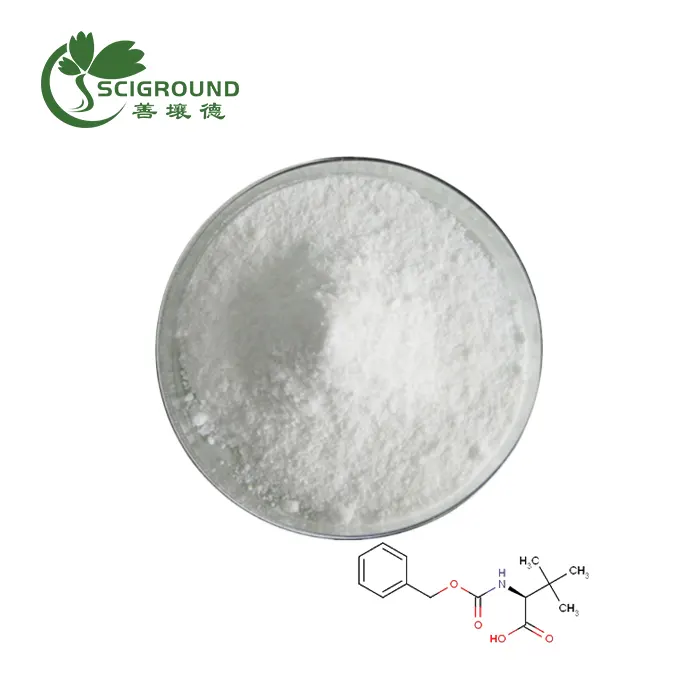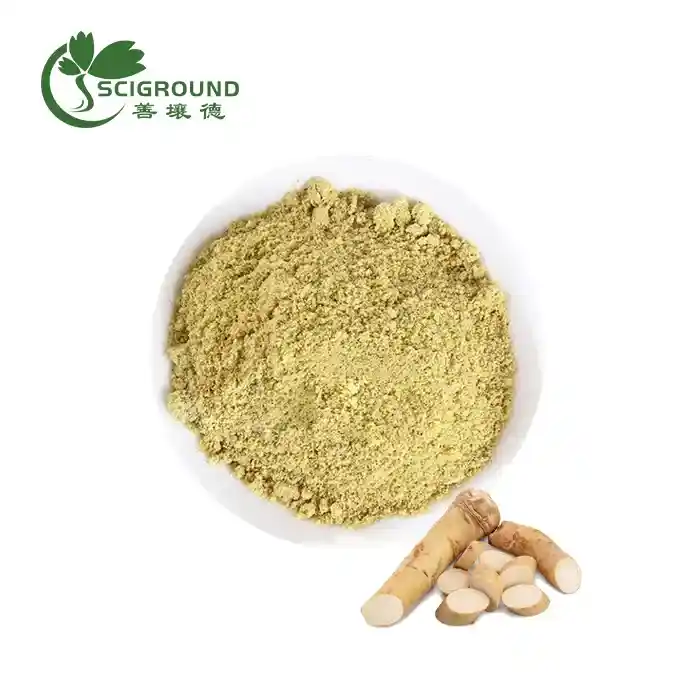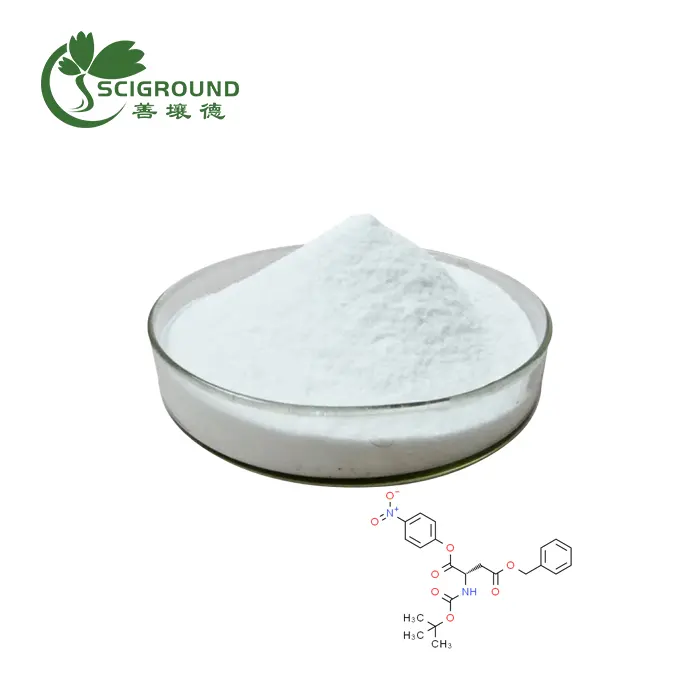Waht are the interactions of Morus Alba Bark Extract?
Morus Alba Bark Extract, derived from the white mulberry tree, has gained significant attention in the health and wellness industry. This potent extract offers various benefits, but it's crucial to understand its potential interactions with medications and other substances. In this comprehensive guide, we'll explore the interactions of Morus Alba Bark Extract, its uses, and potential side effects.
What is Alaba Root Extract used for?
Alaba Root Extract, also known as Morus Alba Root Extract or White Mulberry Root Extract, is a versatile ingredient with numerous applications in both skincare and hair care industries. Let's delve into its primary uses:
Skincare Applications
Morus Alba Root Extract has become a popular ingredient in skincare products due to its remarkable properties:
- Skin Brightening: The extract is renowned for its ability to even out skin tone and promote a brighter complexion.
- Antioxidant Protection: Rich in antioxidants, it helps shield the skin from oxidative stress and environmental damage.
- Anti-Inflammatory Properties: Its soothing qualities make it suitable for sensitive skin types, helping to reduce redness and irritation.
- Moisture Retention: The extract can help improve skin hydration, leading to a more supple and youthful appearance.
Hair Care Benefits
In the realm of hair care, Morus Alba Root Extract offers several advantages:
- Scalp Nourishment: The extract provides essential nutrients to the scalp, promoting a healthy environment for hair growth.
- Moisture Balance: It helps maintain optimal moisture levels in the scalp, preventing dryness and flakiness.
- Antioxidant Protection: The antioxidants in the extract can help protect hair follicles from damage caused by free radicals.
- Improved Hair Texture: Regular use may lead to smoother, more manageable hair.
The versatility of Morus Alba Root Extract makes it a valuable ingredient in a wide range of cosmetic products, from serums and moisturizers to shampoos and hair masks.
What is Morus Alba?
Morus Alba, commonly known as white mulberry, is a fascinating plant species with a rich history and diverse applications. Let's explore this remarkable tree in detail:
Botanical Characteristics
Morus Alba is a fast-growing, deciduous tree that typically reaches heights of 10-20 meters (33-66 feet). It's characterized by:
- Leaves: Glossy, light green leaves that are often lobed and have serrated edges.
- Fruit: Small, edible berries that start white or pink and turn dark purple or black when ripe.
- Bark: Light brown to grayish bark that becomes furrowed with age.
Historical Significance
The white mulberry has played a crucial role in various cultures:
- Silk Production: For centuries, it has been cultivated to feed silkworms, which are essential in silk production.
- Traditional Medicine: Various parts of the tree have been used in traditional Chinese and Ayurvedic medicine.
- Culinary Uses: The berries are edible and have been used in jams, wines, and as a natural sweetener.
Geographical Distribution
Native to China and India, Morus Alba has been widely cultivated and naturalized in many parts of the world, including:
- North and South America
- Europe
- Australia
- Central Asia
- Middle East
Unique Characteristics
Morus Alba possesses some intriguing features:
- Rapid Pollen Release: The tree is known for releasing its pollen at speeds greater than half the speed of sound.
- Adaptability: It can thrive in various soil types and climatic conditions.
- Longevity: While generally short-lived, some specimens have been known to survive for over 250 years.
The versatility and resilience of Morus Alba have made it a valuable species in agriculture, horticulture, and various industries.
What are the side effects of Morus alba?
While Morus Alba is generally considered safe for most people, it's important to be aware of potential side effects, especially when consumed as a dietary supplement or used in high concentrations. Let's examine the possible adverse effects:
Gastrointestinal Issues
Some individuals may experience digestive discomfort when consuming Morus Alba products:
- Bloating: A feeling of fullness or swelling in the abdomen.
- Constipation: Difficulty in passing stools or less frequent bowel movements.
- Gas: Excessive flatulence or belching.
- Loose Stools: Watery or unformed stools, potentially leading to diarrhea.
Blood Sugar Interactions
Morus Alba has been shown to have hypoglycemic effects, which can be beneficial for some but problematic for others:
- Hypoglycemia Risk: In individuals taking diabetes medications, Morus Alba may cause blood sugar levels to drop too low.
- Blood Sugar Fluctuations: Unpredictable changes in blood glucose levels, which can be dangerous for diabetics.
Allergic Reactions
As with any plant-based product, there's a potential for allergic reactions:
- Skin Irritation: Rashes, itching, or hives when applied topically.
- Respiratory Issues: In rare cases, difficulty breathing or wheezing.
- Anaphylaxis: A severe, potentially life-threatening allergic reaction (extremely rare).
Interactions with Medications
Morus Alba can interact with certain medications:
- Antidiabetic Drugs: May enhance the effects of these medications, potentially leading to hypoglycemia.
- Blood Pressure Medications: Could potentially affect blood pressure levels.
- Anticoagulants: May interact with blood-thinning medications.
Pregnancy and Breastfeeding Concerns
There's insufficient reliable information about the safety of Morus Alba during pregnancy and breastfeeding:
- Potential Risks: The effects on fetal development and infant health are not well-studied.
- Precautionary Approach: It's generally advised to avoid using Morus Alba products during these periods unless under medical supervision.
Long-Term Effects
The long-term effects of regular Morus Alba consumption are not fully understood:
- Limited Research: More studies are needed to determine the safety of prolonged use.
- Individual Variations: Effects may vary based on factors like age, health status, and genetic predisposition.
It's crucial to note that while these side effects are possible, they are not guaranteed to occur in everyone. The severity and likelihood of experiencing adverse effects can vary greatly between individuals. As with any supplement or new product, it's advisable to consult with a healthcare professional before incorporating Morus Alba into your routine, especially if you have pre-existing health conditions or are taking medications.
Conclusion
Morus Alba Bark Extract is a powerful natural ingredient with numerous potential benefits for skin, hair, and overall health. However, it's crucial to be aware of its possible interactions and side effects. While it offers promising applications in various fields, from cosmetics to traditional medicine, users should approach it with caution and informed understanding.
Always consult with a healthcare professional before incorporating Morus Alba Bark Extract into your regimen, especially if you have underlying health conditions or are taking medications. By doing so, you can maximize the benefits while minimizing potential risks.
For more information about Morus Alba Bark Extract and other plant-based extracts, please contact Shaanxi SCIGROUND at info@scigroundbio.com. Our team of experts is ready to answer your questions and provide you with high-quality, reliable products to meet your needs.
References
- Chen, J., & Li, X. (2019). Pharmacological activities and mechanisms of action of Morus alba L. Journal of Ethnopharmacology, 245, 112153.
- Wang, Y., et al. (2020). Morus alba L.: A comprehensive review on its phytochemistry, pharmacology, and potential applications. Molecules, 25(12), 2783.
- Kim, H. J., et al. (2018). Antidiabetic effect of standardized extract of Morus alba in db/db mice. Phytotherapy Research, 32(6), 1029-1039.
- Zhang, M., et al. (2021). The potential of Morus alba L. in the prevention and treatment of chronic diseases: A review. Phytotherapy Research, 35(1), 180-197.
- Lim, H. H., et al. (2017). Anti-inflammatory and antiobesity effects of mulberry leaf and fruit extract on high fat diet-induced obesity. Experimental Biology and Medicine, 242(4), 411-421.
- Thaipitakwong, T., et al. (2022). Morus alba L. leaf extract: A comprehensive review of its phytochemistry, pharmacological activities, and clinical applications. Biomolecules, 12(2), 275.
Related Industry Knowledge
- Why we love narcissus extract?
- What are the Benefits of Alfalfa Extract Powder
- Is hydrolyzed wheat protein the same as gluten?
- Is vitamin A palmitate the same as vitamin A acetate?
- What are the side effects of Coriolus versicolor?
- When to Take Berberine for Weight Loss
- How to Take Fisetin?
- Corn Silk Benefits
- Dihydromyricetin vs Myricetin
- BCAA: The Missing Piece in Your Fitness Puzzle
